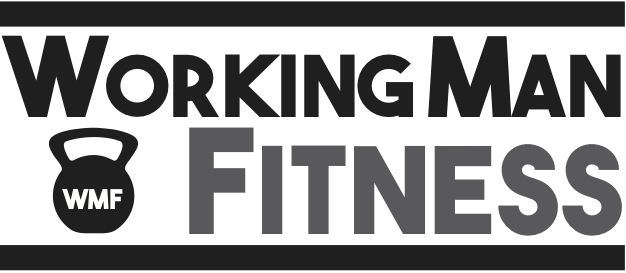How to develop strength, endurance, flexibility
You want to be strong. You want to be vital. You want to move well and be pain free. It’s possible. You can overcome years of bad road to restore yourself, if you’re really serious.
And, even if you’re doing pretty good right now, you might have a nagging suspicion you’re missing something. That could be joint mobility, or isometric stretching. Keep reading and learn more.
This page will cover:
- Endurance – your stamina strong to start, strong to finish
- Strength – your capability to move heavy stuff, everything life throws at you
- Flexibility & Mobility – The fluidity of your body and capacity to move pain free
Endurance: Strengthening the furnace (the cardiorespiratory system)
Ever been in a house with stale air? Or seen a pond with algae overgrowth? Then you know what stale is like.
A good furnace moves the air through the house and keeps things comfortable.
A good cardiorespiratory program moves the blood and air through the body and keeps it running smooth.
With seven days in a week, and 2-3 dedicated to strength, 2-3 should be dedicated to cardio. In addition, periods of your strength training days should have a cardiorespiratory component (for example, a finisher or a circuit). You can also just jog and jump rope–even 10 minutes a day will make a big difference.
Get a standing workstation also. My preference is one that goes up and down. It’s not enough to train your heart and lungs and then sit and slump all day.
Finisher examples:
- You can put a 4 minute finisher at the end of your strength workout. You could do 20 seconds of intense swings followed by 10 seconds of rest, and repeated 8 times. This is known as the Tabata protocol. It’s really simple and gets the job done.
- You could just do 5 minutes of as many snatches or swings as you can.
- You could do 5 minutes of Turkish Get Ups
- You can do 20-30 8 count-bodybuilders
Endurance days example:
- 10 minutes of jumping rope (on 40 seconds off 20) followed by a 15-20 minute jog
- 10-30 wind sprints of varying intensities and distances
- One of Steve Maxwell’s “met con” conditioning workouts (look for the omelet)
- Do a circuit of your usual exercise – reduce the weight, and do each exercise after the other with no rest, 1 minute rest between circuits
- 100 swings
What this amounts to is on your two strength days, add a finisher. On another day of the week, do endurance specifically. On your other days, continue to walk and get fresh air and sunshine.
A perfectly valid alternative to endurance training is play. Rough and tumble play. Basketball. Tennis. Boxing.
Movement-based training
Imagine, four simple exercises, no special clothes, hardly any special equipment, and you’re kick ass strong.
What exercises might those be?
The swing, the goblet squat, the military press, the pull up. You just need a kettlebell and pull up bar. (You can train no shoes and naked, therefore, no special clothing required!)
You can add to this. You can change this. And you should. But the point is don’t let complexity or lack of time stop you from being super strong and in shape.
Movement-based training says, you have a body and it moves. Let’s practice those movements in key exercises and make them stronger.
How does your body move?
- Pull yourself up
- Press a weight overhead
- Squat
- Hip hinge (deadlift/swing)
- Push up movement
- Bent over row movement
- Rotation
- Gait – walking, running
- Carrying stuff
The way to exercise is to train movements and forget about muscles. Sure you want to exercise your muscles, but what you’re really doing is training your body and mind to use your muscles as effectively as possible. That’ll make you move well, feel good, and have plenty of energy and vigor. You’ll also be strong—without needless bulk.
Forget about looks. By training your movements, you’ll developed a balanced, well-built body that’ll look fantastic, and you’ll be spend less time doing it.
The key is to select good exercises for each movement and perform them well, with full concentration.
The Lean, Healthy, Strong book puts this all into a framework, but you really can’t go wrong with swings, presses, pull ups, and goblet squats. Of course, you can’t just jump into this type of thing if you’ve let your body run stale.
This video gives a good example of a movement-based workout with some in depth techniques for the exercises:
Flexibility & Mobility
Staying flexible is pretty awesome. It just makes you feel good. While you watch other people struggle and stiffen up, you’re nimble and feel great.
There are a lot of ways to stretch. Stretching where you just chill out, stretching where you flex and relax your muscles to force your nervous system to relax, dynamic stretching, and so on. Then there are things like joint mobility and baby crawling.
If you have aches and pains, learning stretching and mobility exercises can eliminate them. This is important restorative work to restore your body to youthful movement.
This stuff is visual. So take a look at the following YouTube videos:
